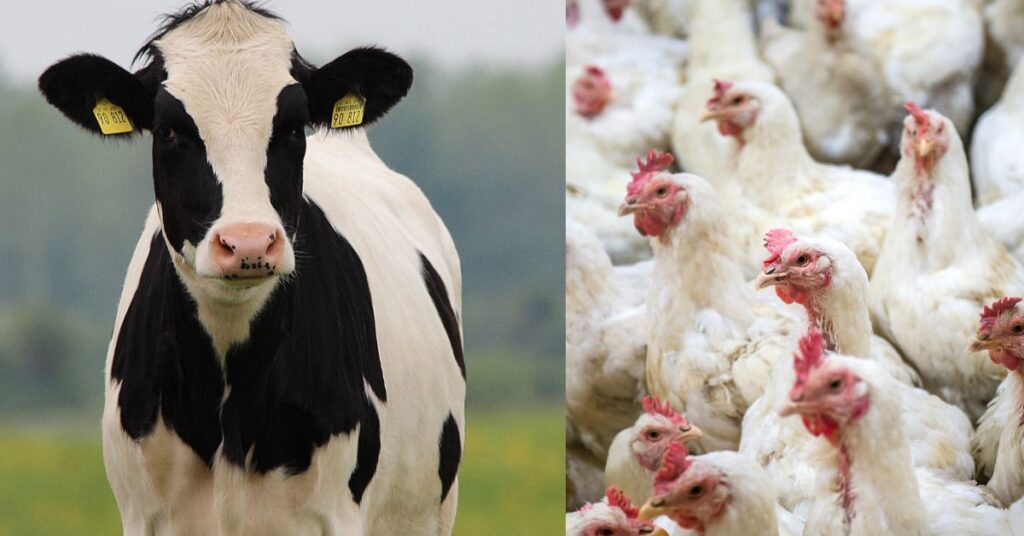
Highly Pathogenic Avian Influenza (HPAI), also known as bird flu, is a super contagious and often deadly disease in birds like chickens and ducks. It’s caused by really powerful flu viruses called avian influenza A (H5) and A (H7). Wild birds can pass these viruses to farm birds and even other animals.
Usually, bird flu doesn’t make people sick, but there have been a few rare cases where people caught it. It’s important to understand that “highly pathogenic” means it’s really bad for birds, not necessarily for humans.
Table of Contents
April 2024 Update: Federal-State Milk Safety System
The U.S. Department of Agriculture (USDA), the U.S. Food and Drug Administration (FDA), and the Centers for Disease Control and Prevention (CDC) are all working together with state partners to look into an outbreak of highly pathogenic avian influenza (HPAI) virus that’s affecting dairy cows across multiple states. This virus is making the cows produce less milk, lose their appetite, and show other signs of being sick.
The FDA and USDA are reassuring us that our commercial milk supply is safe for two main reasons:
- Pasteurization process: Milk that we buy from the store goes through a process called pasteurization, which involves heating the milk to kill harmful bacteria and viruses, including the HPAI virus. This process makes the milk safe to drink.
- Diversion or destruction of milk from sick cows: If a cow is found to be sick with HPAI or any other illness, the milk from that cow is either diverted away from the food supply chain or destroyed entirely. This ensures that milk from sick cows doesn’t end up in the milk we buy at the store.
Pasteurization has been a real hero for public health for over a century. It’s a process where milk is heated to a certain temperature for a specific time to kill off harmful germs like bacteria and viruses. This makes milk safer to drink.
Read More: During Morgan Wallen bar Nashville arrest, he breaks his silence
Even if there’s a virus in raw milk, pasteurization usually gets rid of it so well that it’s not a risk to our health. But it’s important to know that pasteurization isn’t the same as sterilization. Sterilization would make milk last longer, but it’s not necessary to keep it safe for us to drink.
Almost all (99%) of the milk we find in stores comes from farms that follow strict rules called the Grade “A” milk program and the Pasteurized Milk Ordinance (PMO). These rules help make sure dairy products are safe. Pasteurization and making sure milk from sick cows doesn’t end up in stores are two big parts of the system that keep our milk safe to drink.
A bunch of actions are happening to make sure the milk safety system keeps working well. Along with these actions, the FDA is teaming up closely with the CDC’s food safety team. They’re keeping an eye on emergency room data and flu testing results to spot any strange trends in flu-like sickness or conjunctivitis. So far, nothing unusual has popped up in these surveillance systems.
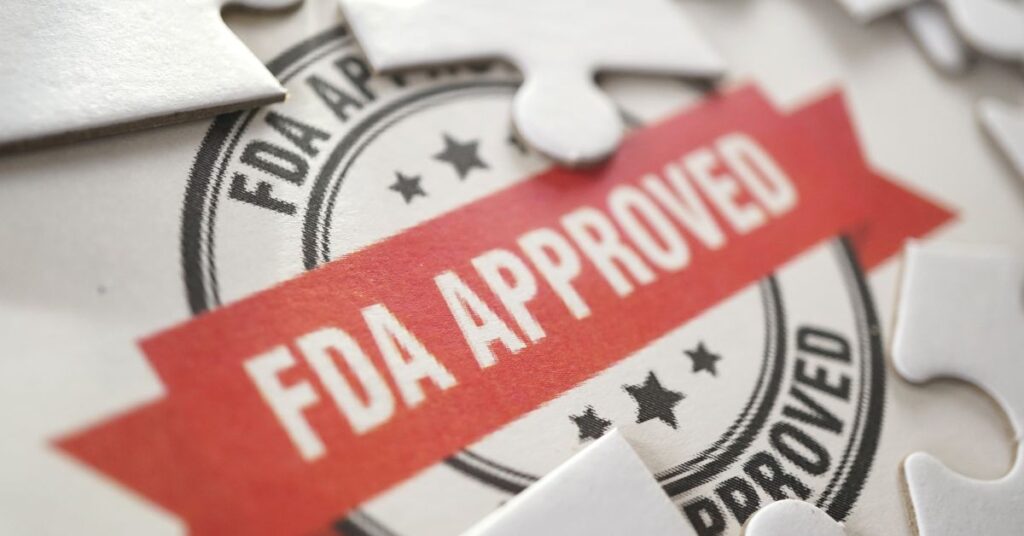
Some reports from the USDA and the World Health Organization (WHO) mention that the virus has been found in raw milk. But from what we know, pasteurization should kill the virus, although it might not completely get rid of all the viral bits. That’s why when they tested some milk samples using a method called quantitative polymerase chain reaction (qPCR), they found traces of the HPAI virus.
Throughout the outbreak, the FDA has been checking milk from affected animals, all the way from the farm to the store shelves. We’re doing a big national study to get a good idea of what’s going on. The qPCR tests we’re using don’t tell us if there’s a live virus that could harm people. So, we’re doing extra tests called egg inoculation tests, which are reliable for figuring out if the virus is still alive.
So far, we haven’t found anything that makes us think the milk you buy in stores isn’t safe. We’ll be sharing the results of our studies over the next few days to weeks.
Using solid science is super important for making decisions that affect public health, like the ones we’re making at the FDA about food safety. We’re taking this situation seriously and making sure to give out information that people can use.
Review of Available Data on Highly Pathogenic Avian Influenza(HPAI)
Because the detection of H5N1 in dairy cows is new and still changing, there haven’t been studies specifically looking at how pasteurization affects HPAI viruses like H5N1 in cow’s milk before. However, there’s a lot of scientific research out there that helps us understand what might happen.
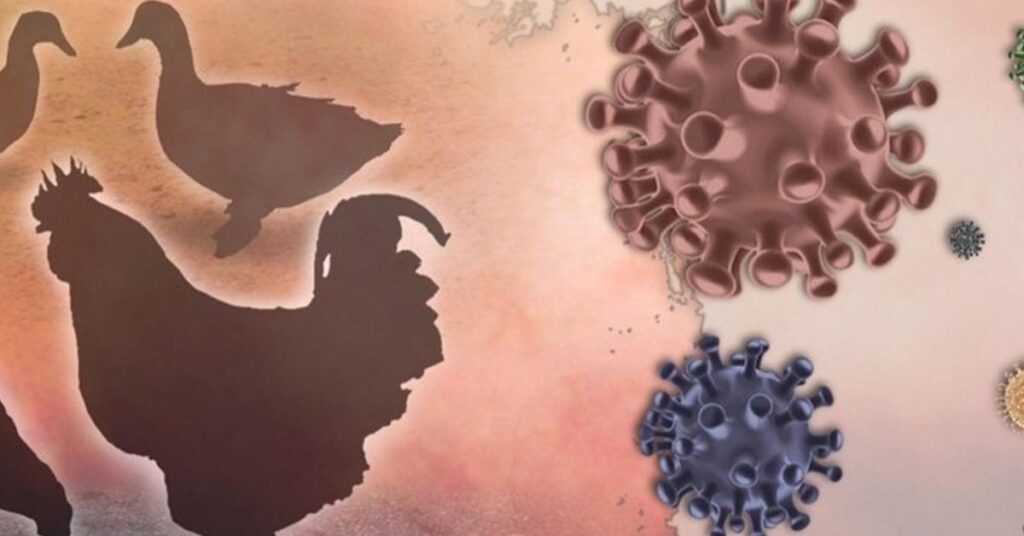
The pasteurization process that’s laid out in the Pasteurized Milk Ordinance (PMO) tells us exactly how long and how hot milk needs to get to kill off harmful germs. Previous studies, which the FDA relies on for keeping our milk safe, suggest that pasteurization is very likely to kill off viruses like H5N1 in milk from cows and other animals.
Also, research shows that pasteurization successfully kills off HPAI (H5N1) in eggs, which need lower temperatures than milk does during pasteurization. So, based on all this information, it’s looking like pasteurization should do a good job of keeping H5N1 and similar viruses out of our milk.
Ongoing Research
The U.S. government, along with its partners, is moving quickly to study milk production at every stage, from the farm to processing and store shelves. We’re using proven methods that have worked before to make sure pasteurization is still doing its job of keeping milk safe from known germs.
This work is super important, and we’re taking a careful and scientific approach to make sure the milk safety system keeps working well.
First, we’re doing tests in the lab. We’re using samples that we’ve made in the lab with a virus that’s similar to the one causing the outbreak, and we’re also testing raw milk straight from cows in affected herds—some with symptoms and some without. This helps us understand how well pasteurization kills off the virus and at what levels.
While lab testing is important, it can’t give us the whole picture because the samples aren’t like what we’d find in real-life situations. In real life, milk from many healthy cows on different farms gets mixed before pasteurization and processing.
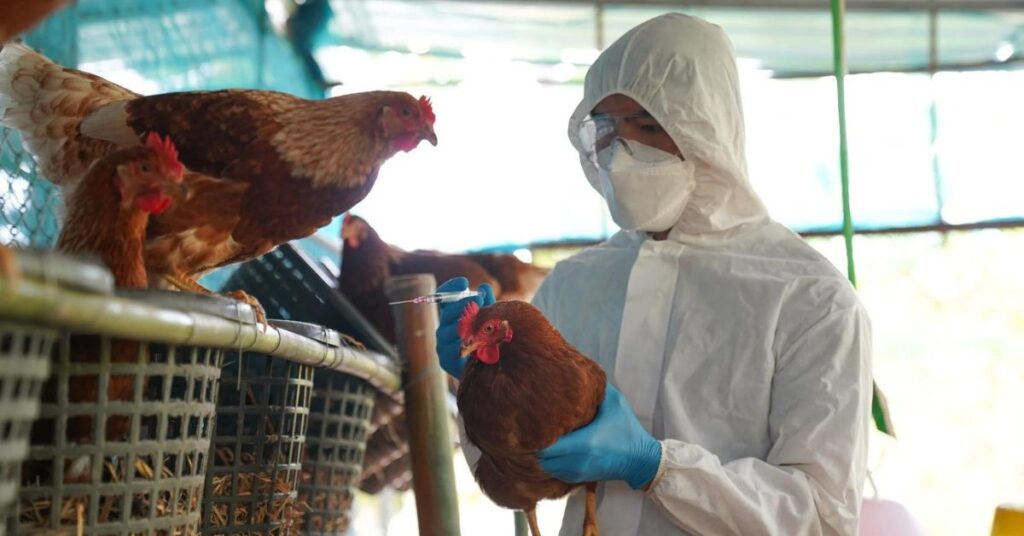
So, alongside lab tests, we’re also testing milk that’s more like what’s used commercially. This means testing milk that’s pooled from lots of cows on different farms, just like it would be before pasteurization.
We’re looking at how different pasteurization methods, with their different temperatures and times, affect the virus in this real-world scenario. This helps us make sure that what we learn in the lab matches up with what happens in practice.
We’re not just stopping at testing milk in labs or industry settings. We’re also looking at milk that’s already on the shelves across the country. Additionally, we’re checking if different types of dairy products, like whole milk or cream, might behave differently when it comes to the virus.
We know that universities and other groups are also working on this issue, especially those supported by the National Institutes of Health. We’re excited to see what they find out too. Gathering all this information takes time, but we’re dedicated to working with everyone involved to make sure we make sound scientific decisions about this situation.
Data Considerations
Various tests are employed to check if food is safe to eat. It’s important to grasp how and why different methods are used and how their results contribute to the overall understanding.
- Quantitative polymerase chain reaction (qPCR) is a tool used to check if genetic material from a specific organism is present in a sample. When a qPCR test comes back positive, it means that genetic material from the targeted germ was found in the sample. However, it doesn’t necessarily mean that the germ itself is still alive and capable of causing illness. This is because qPCR tests can detect genetic material from germs that have been killed by processes like pasteurization or other safety treatments used in food production. So, even though the genetic material is there, the germ itself might not be alive or infectious anymore. To know if there’s a risk of getting sick from eating a product, more testing is needed to see if any live germs are still present and if they’re still capable of causing illness.
- Embryonated Egg Viability Studies are highly regarded as the most sensitive method for detecting active, infectious viruses. After conducting PCR testing, these studies are considered necessary additional tests. They involve injecting a sample into a fertilized chicken egg and then observing whether the virus becomes active and replicates within the egg. While this method gives the most accurate results in terms of detecting live viruses, it does take longer to complete compared to other testing methods.
- Another additional test used after PCR testing is the Madin-Darby Canine Kidney (MDCK) Cell Culture. This involves injecting a sample into specific tissue cells to check if any live virus is present and reproduces. Compared to embryonated egg viability studies, this method is often faster. However, it’s not as sensitive, meaning it might not detect small amounts of virus, potentially leading to false negative results.
Precautions for Raw Milk
The FDA has consistently cautioned against consuming raw milk due to the potential health risks associated with harmful bacteria and viruses it may contain. This recommendation extends to raw milk products, including raw milk cheese, as they have not undergone pasteurization, a process designed to eliminate pathogens.
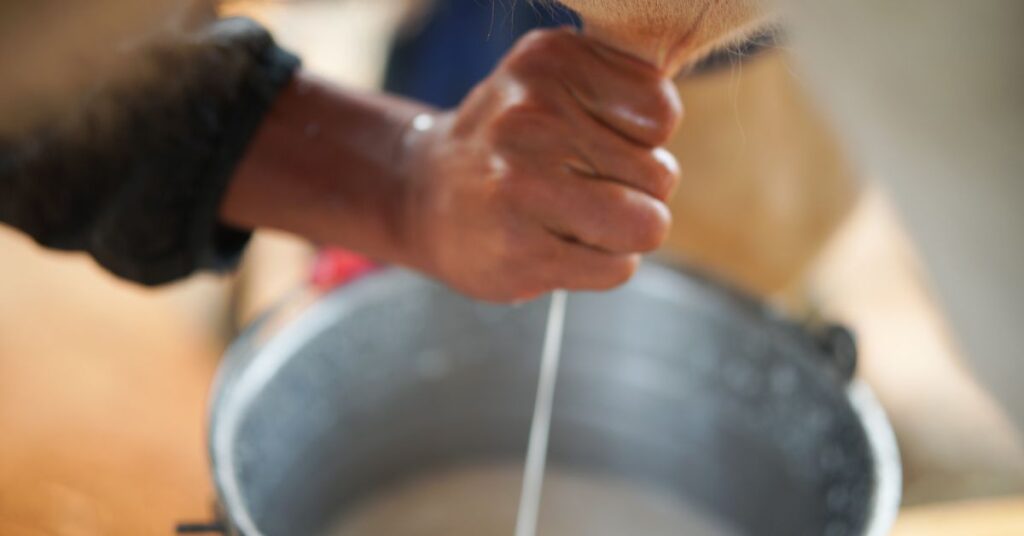
While there’s limited information on whether the H5N1 virus, linked to avian influenza, can be transmitted through raw milk, the FDA advises against producing or selling raw milk from cows showing symptoms of illness or exposure to avian influenza viruses. This precautionary stance is rooted in the potential public health risk posed by consuming raw milk from animals possibly carrying infectious agents like H5N1.
Producers handling milk from affected cows should take precautions to prevent further disease spread. Recommendations include consulting state regulatory authorities and treating discarded milk with heat or pasteurization before disposal. Ensuring biosecurity around waste disposal areas and pasteurizing any raw milk or products fed to animals further mitigates infection risks, safeguarding both animal and public health.
Conclusion
The rules and process of pasteurization are crucial for keeping milk safe. Since this is the first time we’ve seen this virus affect cows, we’re starting studies to see how well pasteurization works against viruses like H5N1 in cow’s milk.
As previously noted, the FDA is collaborating closely with CDC’s food safety group and its surveillance team, which monitors emergency department data and flu testing data for any unusual trends in flu-like illness, flu, or conjunctivitis. To date, surveillance systems have not shown any unusual trends or activity. Only a single human case from an infected cow has been linked to this outbreak in dairy cows to date, and the CDC says the risk to the general public is low.
FDA and USDA are working closely to collect and evaluate additional data and information related to H5N1 in dairy cattle and to support state colleagues as they manage this emerging disease in dairy cattle. These important efforts are ongoing and we are committed to sharing the results as soon as possible. At this time, the FDA and USDA continue to indicate that our commercial milk supply is safe based on the information we currently have.
